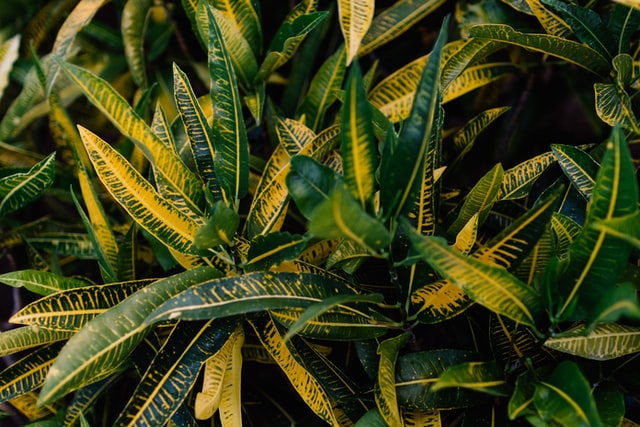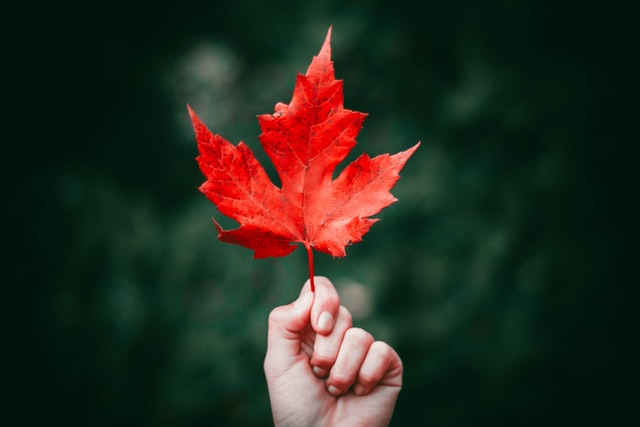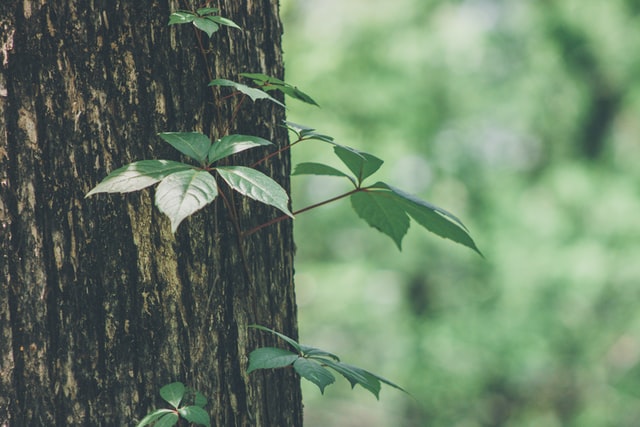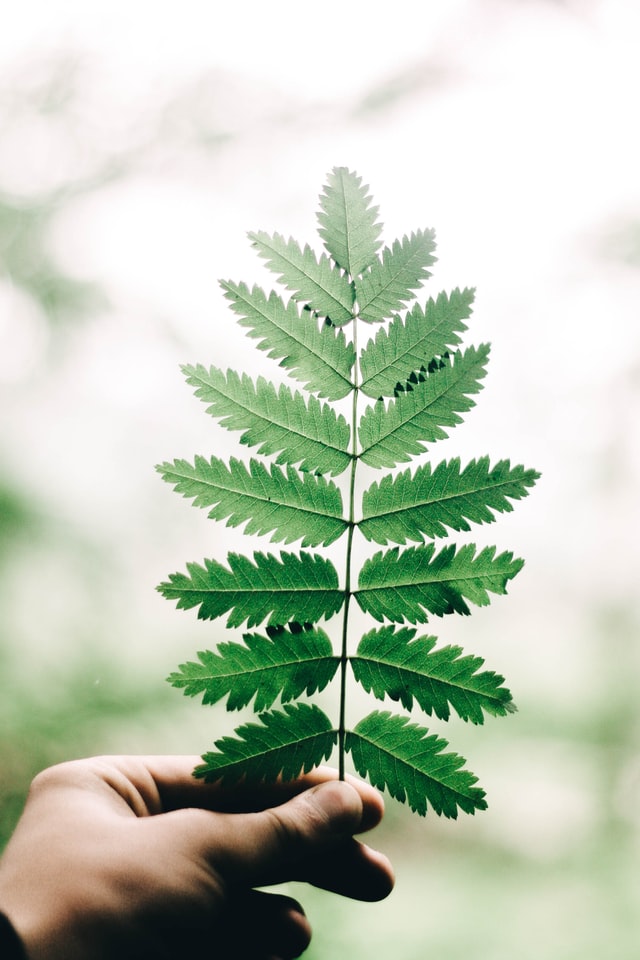Soft Undertones
White poplar leaves have downy undersides.
Saw-Toothed Chestnuts
The sweet chestnut’s jagged, tough leaves are a familiar sight in Europe.
Unusual pigments
Other pigments mask the green chlorophyll, in dark-colored leaves.
Odd Tree Out
The two species of tulip tree- one North American and the other Chinese-have large, flat-ended leaves unlike any other tree. This specimen is a young leaf with two points; large mature leaves usually have four points.
Late Into Leaf
Catalpas, or Indian bean trees, have some of the largest of all simple deciduous leaves, reaching up to 1 ft. (30 cm0 in length. Catalpas are natives of the subtropics.
Ancient Survivor
The primitive ginkgo’s fanlike leaves have not changed for more than 200 million years.
Variable Shapes
Most deciduous oaks have lobed or toothed leaves, which feel leathery Evergreen oaks have short, lance-shaped leaves.
Handlike Leaves
Maple leaves have handlike shapes. However, some species, such as the snake-bark maples of China, Japan, and North America, have scarcely lobed leaves. The leaves of another maple, the box elder, are compound.
City Dwellers
Although plane leaves are hand-shaped, planes are not related to maples, as their fruits show. Plane leaves have a tough, glossy surface that is washed clean by rain, helping them to grow in polluted, city air.
Compound Leaves
Some of the biggest leaves found on broadleaved trees are compound, and can measure up to 3 ft (1 m) from stalk to tip. They grow from a single bud, and when autumn comes many of them fall off in one piece, leaving a large leaf scar where they were attached to the tree.
Odd-Numbered Leaflets
Compound leaves with three leaflets are rare; some maples and the American hop tree do have them. The European laburnum is grown for its yellow flowers.




